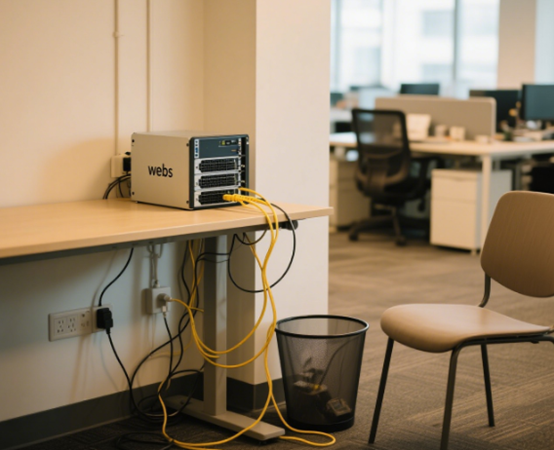Is the access speed fast or slow for mainland users using European cloud servers? This speed is affected by many factors, such as physical distance, international link quality, interconnection between operators, and the hardware resource configuration and bandwidth resources of the server itself. Even though the global network infrastructure is constantly improving, Europe and mainland China are geographically far apart, so data transmission passes through multiple sections of international backbone links and submarine optical cables, which will introduce certain delays. Therefore, when enterprises or individual users choose European cloud servers as business carriers, they must fully understand their access speed characteristics and optimization methods to obtain stable business operation and good user experience.
In terms of network latency, the main access path of European cloud servers from the mainland is generally through the international exit of China Telecom, China Unicom or China Mobile, and then through the nodes of Hong Kong, South Korea or Singapore to the European regional backbone network. The common RTT (round-trip time) is between 200 milliseconds and 350 milliseconds, depending on the country where the selected computer room is located, the link congestion, and the operator used for the business. Compared with Asian nodes such as Hong Kong, Japan, and Singapore, the latency of European cloud servers is naturally higher, but in scenarios such as cross-border e-commerce, global marketing, international finance, and data backup for European or global users, European cloud servers still play an irreplaceable role. In addition, some operators or cloud service providers support CN2 GIA or other high-quality international lines, which can shorten the number of link hops and reduce access latency to a certain extent.
Bandwidth quality is also a key indicator that affects the speed of mainland users accessing European cloud servers. High-quality European cloud service providers usually deploy large bandwidth exports in data centers and connect to multiple international backbone operators to ensure sufficient cross-border access bandwidth and high stability. However, for mainland users, even if the local bandwidth of the server is large, if the intermediate link is congested or the export bandwidth resources in China are tight, the actual access speed will still be limited. Therefore, when purchasing European cloud servers, it is recommended to give priority to service providers that support optimized lines and can provide customized bandwidth resources in the direction of China. In addition, for applications that need to transmit large amounts of data or have high real-time requirements, cross-border dedicated lines, IEPL, SD-WAN and other technologies can be combined to improve link quality at the architectural level to avoid being constrained by public link fluctuations.
Access stability is another important dimension for evaluating the access speed of European cloud servers in the mainland. Changes in BGP routing in network links, maintenance of submarine cables, or sudden network attacks may cause jitter or interruption in cross-border links. For businesses that are highly dependent on continuous connections, such as internal ERP, CRM, remote desktop, and cross-border collaboration platforms, it is particularly important to choose a cloud service architecture that supports multi-path redundancy and intelligent scheduling. Through multi-node deployment, global load balancing, edge acceleration and other solutions, higher availability and better user experience can be achieved on the basis of European cloud servers. 
In terms of performance optimization, when mainland users access European cloud servers, they can also start from the application layer and reduce the size of data packets, reduce the number of repeated requests, and improve the overall response speed by configuring HTTP cache, CDN acceleration, data compression, asynchronous loading and other means. For example, the business can access the global CDN network in front of the cloud server to cache static resources, so that mainland users do not need to connect to the server directly across the border every time, effectively shortening the loading time.
For testing access speed and bandwidth quality, users can fully verify before the business goes online. You can use the ping command to detect latency, for example, ping example.com or use traceroute to view the link path, analyze the intermediate nodes and possible congestion points. In addition, using tools such as iperf with test points can more intuitively obtain the bandwidth uplink and downlink rates. iperf -c server_ip -t 60 The above methods can help users quantify access performance during the purchase and deployment stages, thereby providing a reference for architecture design and optimization.
Overall, although the access speed of European cloud servers cannot match that of short-distance nodes for mainland users, by reasonably selecting high-quality lines, building hybrid architectures, and introducing acceleration technologies, they can fully meet the needs of most global businesses and cross-border services. For application scenarios such as e-commerce websites, multinational enterprise platforms, and data disaster recovery centers for European users, European cloud servers are still an ideal choice due to their good compliance, privacy protection capabilities, and global interconnection advantages. When selecting a network model, enterprises should consider their own business needs, budget and target market distribution, comprehensively consider factors such as latency, bandwidth, stability and security, and develop a scientific network deployment plan to ensure maximum service quality and commercial benefits.






